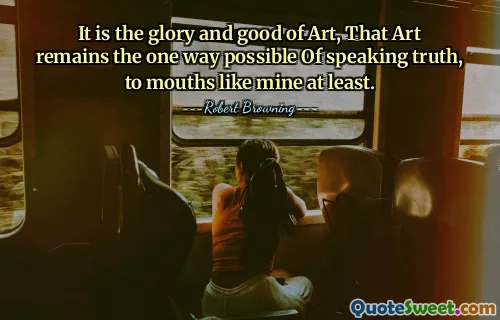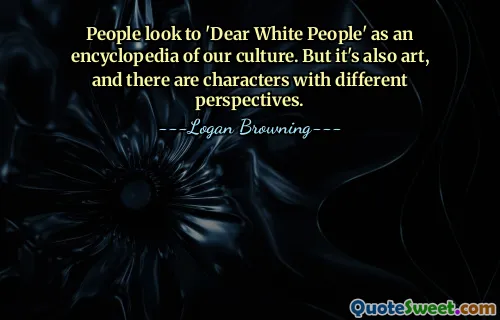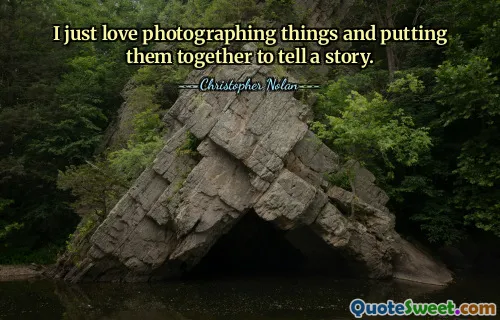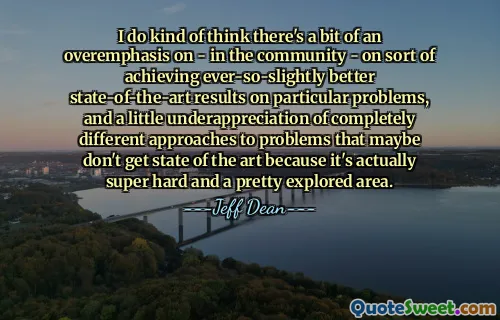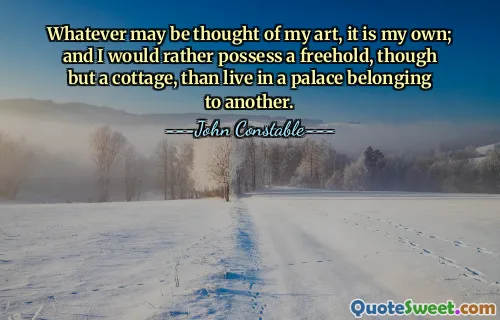Nevertheless, we react to one a bit differently than we do to Rothko's hovering panels or Barnett Newman's stripes, though Whistler does approach their extremity of abstraction; part of our pleasure lies in recognizing bridges and buildings in the mist, and in sensing the damp riverine silence, the glimmering metropolitan presence. … The painting - a single blurred stripe of urban shore - is additionally daring in that the sky and sea are no shade of blue, but, instead, an improbable, pervasive cobalt green. Human vision is here taken to its limits, and modern painting, as a set of sensations realized in paint, is achieved.
John Updike discusses the unique interplay of perception and abstraction in the works of Whistler compared to artists like Rothko and Barnett Newman. While those artists focus on pure abstraction, Whistler's style invites viewers to imagine familiar scenes, such as bridges and buildings, shrouded in mist. This engagement with the elements of urban life provides a distinct pleasure, contrasting the more extreme abstraction found in modern painting.
In Whistler's painting, a simple yet bold depiction of an urban shoreline is presented with an unexpected palette, featuring a cobalt green sky and sea. This choice pushes the boundaries of human vision and reinforces the essence of modern painting—capturing sensations through color and form. Updike highlights how this work embodies the essence of modernity while still connecting viewers to their environment.
